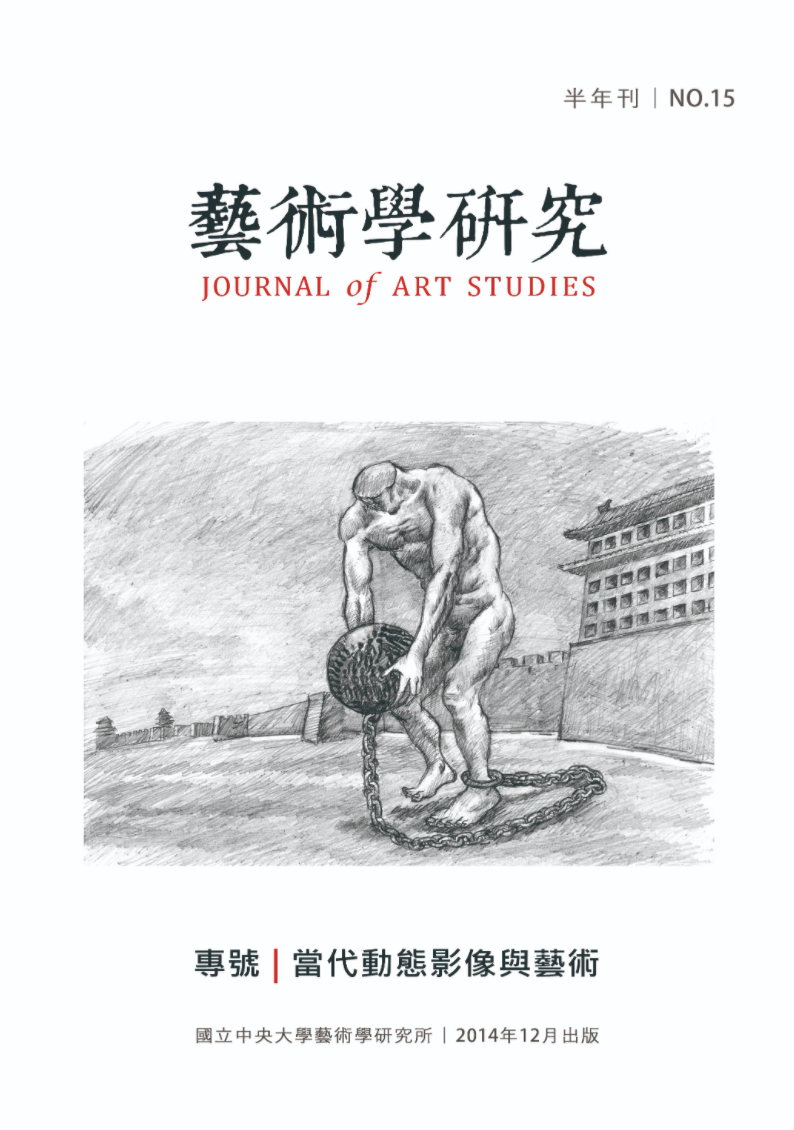《少年PI的奇幻漂流》的數位3D攝影,在2013年奧斯卡金像獎獲得「最佳攝影」的獎項。然而,攝影師杜可風卻在接受Blouin Artinfo的專訪中指出,《少年PI》的獲獎是「對攝影極度的侮辱」。杜可風的批評,主要是他認為在《少年PI》中多數畫面都是以電腦控制的方式生產,而非由攝影師以攝影機來生產影像。但是更深層地思考,《少年PI》的獲獎以及杜可風的批評,意味著從攝影師的角度出發一種電影視覺的轉向。因此本文嘗試以《少年PI》作為一種影像製作概念上的分界進行提問:在《少年PI》之前,攝影師眼中的電影是什麼?在《少年PI》中,數位3D攝影這種新的製作方式又讓電影產生了何種改變?而透過《少年PI》,我們看到數位3D攝影,特別是它所具有的「深度」特質,又為電影視覺的發展指向何種可能的未來?
The digital 3D film, Life of Pi, won the Academy Award for Best Cinematography in 2013, but well-known cinematographer, Christopher Doyle, in an interview with BlouinArtinfo, thought the Oscar win for Life of Pi an insult to cinematography. Doyle's criticism stems from the fact that most shots in Life of Pi were accomplished under the control of a computer rather than a cinematographer. Upon further consideration, could not the film's award and Doyle's criticism be considered as marking a turning in the cinematography of contemporary film? With this question in mind, this paper intends to raise several questions with a view to positioning Life of Pi as a watershed in the conception of film production. Before Life of Pi, what was film in the eye of cinematographers? When the latest-generation 3D cinematography is utilized in Life of Pi, how does the new vision change how cinematographers make films? Finally, if Life of Pi is considered an exploration of how 3D technology, especially with regards to depth-of-field effects, changes the vision of film, what will the future 3D cinematography show us?


